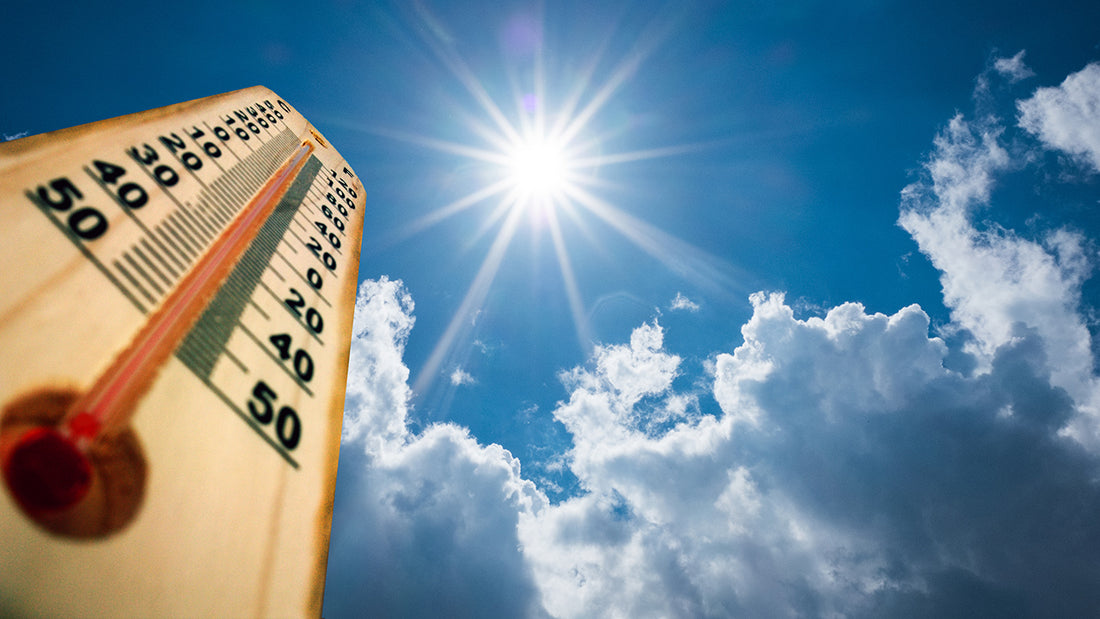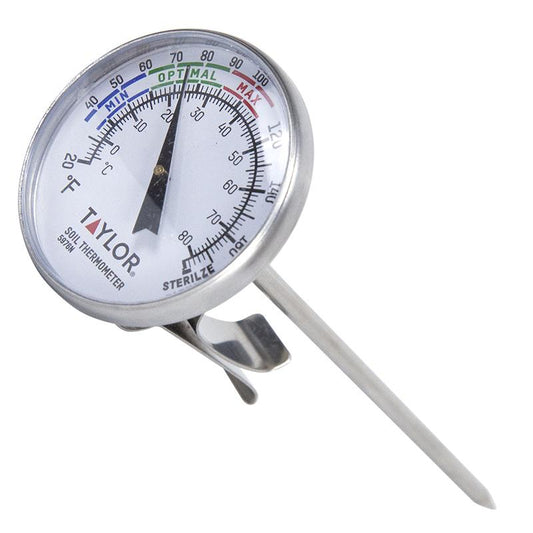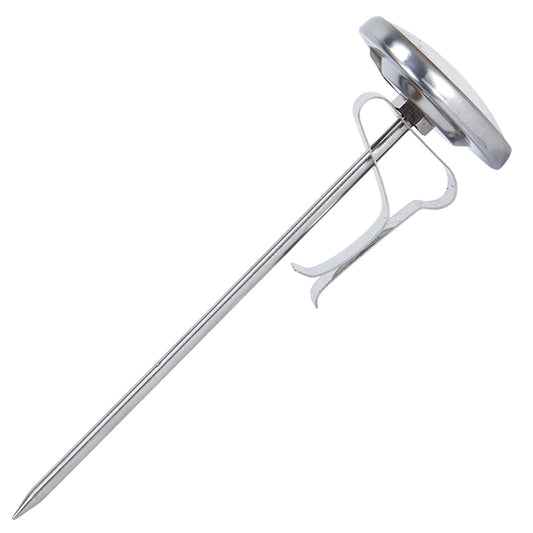What Is Solarization?
As an organic gardeners, I try to keep weeds away without using chemicals. But hand weeding is hard work! That’s why I like the technique called solarization. When done correctly, it can be an effective method for controlling bermudagrass, johnsongrass, vinca, nutsedge, some kinds of bindweed and many other garden weeds.
However, it is not very effective on weeds with rhizomes or specialized roots that will re-sprout even after being subjected to high temperatures. Solarization has also been shown to be effective in controlling many soil borne diseases, nematodes, and other soil dwelling pests.
Similar to boiling water to sterilize it, super-heating the soil with this method can kill much of the bad stuff living in the soil. Solarized soil can get as hot as 140 degrees in the top two inches, and 100 degrees at 18 inches deep. Since the soil will insulate itself deeper down, this method works best for seeds and pests living in the top six inches of the soil.
Unlike the non-organic soil sterilization technique of fumigation, it does not kill mobile soil dwellers such as worms, because they can wiggle away when the soil gets too hot. It also does not kill beneficial microorganisms that thrive in higher heat, like some mycorrhizal fungi and the helpful bacteria found in compost piles.
Using some of the same principles of a hot compost pile, solarization also breaks down organic matter in the soil more quickly, making it an especially useful tool when done just after growing a green manure cover crop such as Soil Builder Mix.
This method can be used at any scale, whether you have a small backyard garden or a large market farm. It also works on raised beds. It will only be effective in areas with full sun. It can be used in any latitude and elevation, although it works best in hotter climates. Solarizing only your beds instead of the entire field further increases the effectiveness.
Steps to Solarizing
- Choose the longest, hottest days of summer in order to heat the soil as much as possible.
- While some pests may be killed in the first few days, you should plan to leave the plastic on your soil for 4 to 8 weeks, continuously, for it to have the maximum effect.
- First cut down and remove or till in all plant matter.
- Rake the soil and remove any clods or debris.
- You will need to make the bed as flat as possible so that the plastic cover is in close contact with few air pockets, and so that nothing will poke through the plastic cover.
- Irrigate well, because wet soil conducts heat better than dry soil and also makes soil weeds and pests more vulnerable. Your soil should be moist to 12 inches depth. You should not remove the plastic to re-moisten the soil once you start solarizing it, so make sure it’s sufficiently moist but not muddy when you start.
- Lay out a piece of clear poly greenhouse plastic directly on the surface. In most areas, a single layer of clear plastic is sufficient, however in areas with cool summers you may need to use a double layer of clear plastic with spacers such as pvc pipe in between the layers.
- Bury the edges of the plastic in soil to form a solid seal around the entire edge. Be sure to cover the whole perimeter or else heat will escape through the gaps.
The goal of solarization is to maintain a daily maximum temperature of at least 110 degrees Fahrenheit in the top 6 inches of soil. You can check this temperature with a soil thermometer poked through the plastic. After 4 to 6 weeks, or 8 weeks in cool areas or when dealing with difficult pests and weeds, remove the plastic. You can plant in your garden immediately for a fall harvest, or if planting a lawn.
When planting, try to disturb the soil as little as possible so you don’t accidentally bring viable but dormant weed seeds to the surface where they would then sprout. So bake those weeds away, and grow organic for life!




4 comments
Geri, solarizing typically uses clear plastic to cook the weeds by heating up. Black plastic will also heat up and the weeds will be killed mostly by light exclusion. I do not think it will bother your large shrubs. I have used weed fabric around all of my large shrubs and trees to keep the weeds down and the plants are doing fine. That being said, weed fabric does breath more than a black plastic.
2 questions: Will solarizing kill roots of larger plants that I want to keep, such as well-established lilacs or an 8-ft tall gingko tree? And can I use edging instead of burying the edges? I’m using black tarps that I’ve pegged into the ground.
Emily, yes the greenhouse plastic will last many years either to use for solarization or as a cover for a greenhouse or hoop house.
Will the green house plastic be viable for repeated applications?